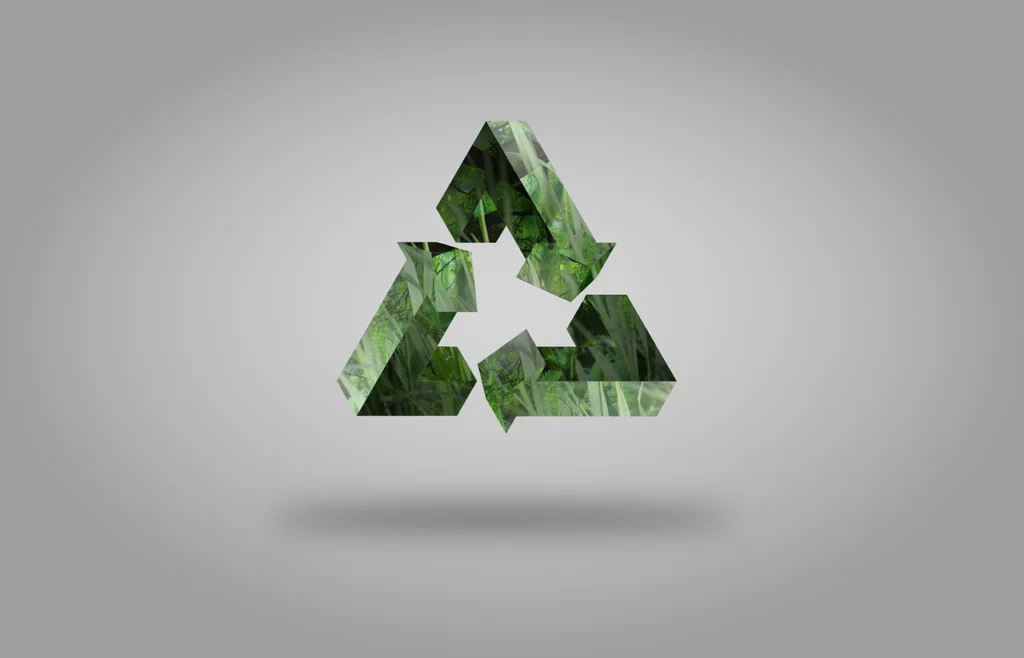Up to 50% Clearance Clothing & Footwear + Extra 25% Off REI Outlet.

Circularity. You might have seen it pop up every once in a while on Terradrift, our Instagram page, or over on YouTube. It’s a term we use fairly frequently. But you might not know precisely what it means. Or maybe you have a pretty good idea, but are foggy on a few of the details or aren’t really sure what it has to do with sustainability. So allow us to clear up a few deets regarding what circularity means and what the flaming heck it has to do with your outdoor clothing and gear.
What does Circularity Mean
In the simplest terms, circularity is a disruption of the make-use-abuse-trash model of consumerism, which is currently the prevailing model of consumerism. Companies make items that are meant to be used for a while, then trashed and replaced after a few month or a few years.
But that’s not sustainable.
In fact, it’s the opposite of sustainable because it requires constant use of virgin resources and materials to make shiny new items like clothing and tents, most of which are neither recyclable nor biodegradable. Then, when those items have reached the end of their useable lives (or, more likely, when we get bored of them and upgrade to something newer and shinier), they get tossed in a landfill, which is probably already at capacity and pumping a ton of greenhouse gasses into the atmosphere.
And that’s no bueno. But it’s hard to avoid in our modern society. Nigh impossible, in fact. There are ways to limit this cycle, of course, like buying used gear, selling your old gear, repairing worn gear to keep it in play longer, and buying items made of recycled or recyclable materials. But that’s still not creating a circular economy.
Circularity comes into play when items like gear and clothing are not only made FROM recycled materials, but can also BE recycled at the end of their useable lives, thus creating a closed-loop manufacturing process that leaves nothing (or as little as humanly possible) to waste. It is the gold standard of sustainable manufacturing.
But circular manufacturing is hard for businesses. Just read this article I wrote for Backpacker to see how and why. And there’s not much we as consumers can do about it besides show support for the brands who offer circular gear and clothing and encourage others to innovate, then do our best to recycle the gear we can.

How Do I Recycle Outdoor Gear?
But like I said, that’s easier said than done. Because most gear contains a plethora of components and materials. You may be able to just toss a single-use water bottle in the recycle bin, but you can’t do that with a rain jacket or a pair of shoes or a tent.
What you can do is contact the manufacturer and ask how best to dispose of their products. LifeStraw, for example, can tell you that you can toss many of their filters in the recycle bin. Patagonia will take your old cotton tees and other items to break down and spin into new ones, plus they’ll likely offer you store credit in exchange. On is even launching a recycled running shoe subscription program. And our favorite sustainable brand leading the way in circular manufacturing: Houdini. Buy anything from them, and even if it’s not recyclable (most of their current lineup of clothing is) they’ll let you ship it back in hopes that it will be recyclable soon.
If the brand you’re trying to dispose of responsibly (look at you, you eco warrior, you) doesn’t offer a service like that, there are still options.
- Buy and sell used gear on a site like GearTrade or REI
- Donate gently used gear to a good cause, a friend, or a local thrift store
- Attempt to repair your gear to keep it around longer
- Find out if you can send it to outdoor education programs like those at Utah State University who might be able to put the materials and components to good use
- Try your hand at up-cycling or repurposing the components and materials into other items yourself
Whatever you do, make an effort to not only recycle your old gear, but purchase outdoor clothing and gear that can be recycled or repurposed. Our favorite brands that offer the option: Houdini, On, and Patagonia. And wander on.
•
This post contains affiliate links, which means when you clicky-click and make a purchase, you could be helping support Terradrift.
Alisha is a freelance outdoor journalist and photographer based in Ogden, UT. She loves backpacking, hiking, mountain biking, kayaking and snowboarding (even though she’s terrible at it). She’s also pretty sure she’s addicted to coffee. alishamcdarris.com
